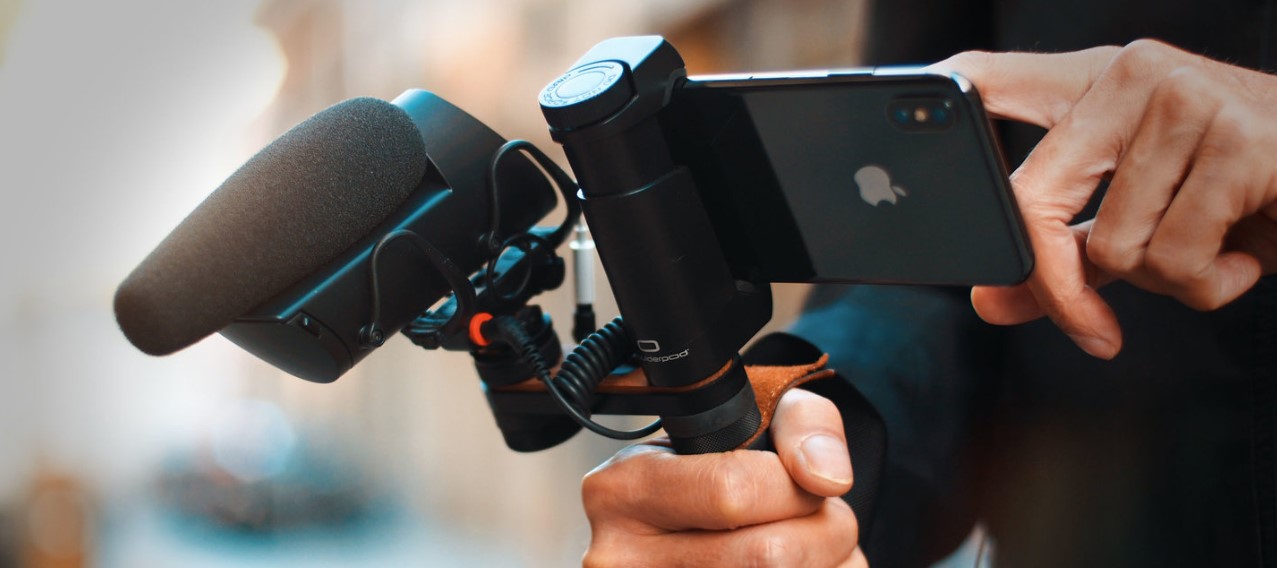
The idea of what it means to be a journalist has been transformed by technology. Audio-visual innovations have changed how journalists think about their routine work and professional practices. Today’s journalists are equipped with “smartphone cameras” that allow for instant recording; internet access via smartphones or tablets, which enables easy file sharing across different platforms; and mobile social media applications for sharing and broadcasting news stories and commentary on the go–all these advancements together have created the spectacle of “mobile journalism.”
Mobile media has revolutionized the way people receive news and information and even participate in online discussions with the community of people passionate or concerned about particular topics. Its explosion in developing countries like Pakistan is a major reason for the increased digital news consumption. According to the Pakistan Telecommunication Authority (PTA) estimates, the country has over 119 million 3G/4G subscribers. Smartphones make it easier to access news and information, which fuels people’s interest in news media outlets that provide them more updates on current affairs than ever before because they are always available when you need the latest updates at home or while walking around town!
This shift has resulted in some big changes in the world of journalism. Here’s a look at how mobile media is changing the face of journalism.
One of the most notable changes is the way news organizations deliver content. In the past, news were delivered primarily through print newspapers and television. Today, however, people are just as likely to get their news through mobile media as they are from traditional media sources. This means that news organizations must adapt their content delivery methods to meet the needs of their audiences.
Another important change mobile media has brought about is how journalists gather and store information. In the past, journalists relied heavily on notebooks and pens to take down quotes and collect information while out on assignment. Today, however, the majority of journalists rely on their mobile devices to do this work. This allows them to organize and store their information and share it with their editors and colleagues more quickly and easily.
Mobile media has also had an impact on the way journalists interact with their sources. In the past, building relationships with sources was essential for getting information. Today, however, many journalists are turning to social media to find and connect with sources. This allows them to build relationships without ever having to meet face-to-face, which can be especially beneficial for journalists who work in remote areas or cover sensitive topics.
In a world where mobile social media is taking over, it’s no surprise that news publishers are going to new heights with their mobile applications. But this comes at a high cost and can be difficult because news organizations must maintain two different versions: one explicitly designed for desktops or laptops and another solely for smartphones/tablets.
Mobile media has also promoted the tradition of citizen and community-based journalism. As more people take to mobile social media, they are creating and sharing news with friends in their neighborhoods through things like live streaming videos of police interactions or immediate reactions during breaking events–allowing viewers who might not otherwise be aware access into worlds that would previously have remained hidden from them because traditional reporting doesn’t always cover such events.
All these positive developments aside, journalistic integrity is being tested in a new era of journalism where mobile devices have blurred the line between professional journalists and other semi-professional bloggers and social media activists. The blurring of lines between these groups can make it difficult for the general public, who aren’t formally trained about the difference between news, opinion, commentary and analysis.
Mobile media is having a big impact on journalism. From how news is delivered to how journalists gather and store information, mobile devices are changing the face of journalism. This shift presents both challenges and opportunities for news organizations and journalists alike. As we adjust to this new landscape, it will be interesting to see how these changes continue to shape the field of journalism in the years to come.